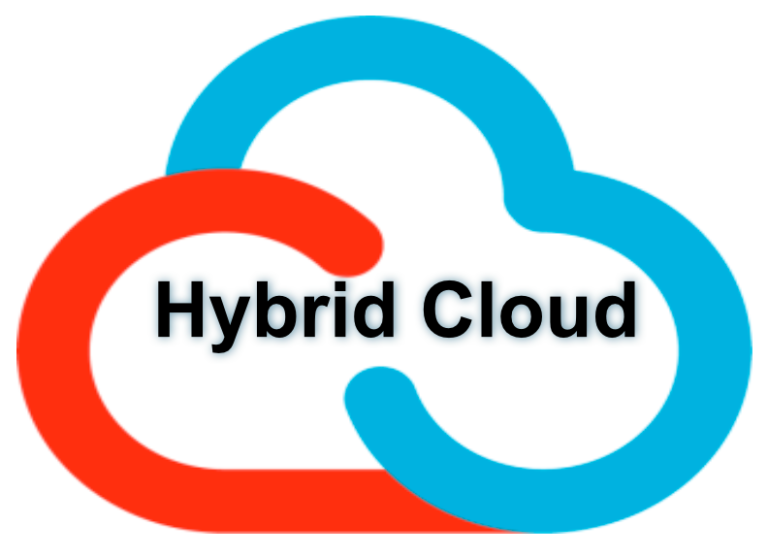In the unexpectedly evolving world of generation, organizations are constantly in search of approaches to beautify their IT infrastructure even as maintaining flexibility and control. One of the most effective answers to achieve this balance is the hybrid cloud. By combining the nice elements of each on-premise and cloud environments, hybrid cloud offers unparalleled advantages for groups of all sizes.
What is Hybrid Cloud?
Hybrid cloud is an IT architecture that integrates on-premise data centers (private cloud) with public cloud services, allowing data and applications to be shared seamlessly between them. This approach provides businesses with greater flexibility and more deployment options by enabling them to balance workloads across both environments based on their specific needs.
Benefits of Hybrid Cloud
- Enhanced Flexibility
One of the biggest big advantages of hybrid cloud is its flexibility. Businesses can choose where to run their applications and workloads, whether on-premise or inside the cloud, depending on their requirements. This flexibility lets agencies optimize their IT resources and adapt to changing demands rapidly.
- Improved Security
Security is a top priority for any enterprise, and the hybrid cloud offers more advantageous security features. Sensitive records may be stored on-premise in a personal cloud, at the same time as less important information and applications may be hosted inside the public cloud. This method guarantees that sensitive statistics stays steady whilst still leveraging the advantages of cloud computing.
- Cost Efficiency
Hybrid clouds can lead to vast price savings. Businesses can keep away from the high fees related to keeping and upgrading on-premise infrastructure by way of offloading some workloads to the cloud. Additionally, the pay-as-you-move model of public cloud offerings lets in for higher price range control and decreased capital costs.
- Scalability
Scalability is every other key gain of hybrid cloud. Businesses can speedy scale their IT sources up or down primarily based on call for without the need for full-size investments in bodily infrastructure. This functionality is specially useful for dealing with seasonal spikes in call for or accommodating fast business increase.
- Disaster Recovery
Hybrid cloud affords sturdy catastrophe restoration solutions. By replicating records and packages across both on-premise and cloud environments, organizations can make certain continuity and decrease downtime in case of an outage or catastrophe. This redundancy complements ordinary gadget reliability and resilience.
- Optimized Performance
By leveraging the hybrid cloud, businesses can optimize
Implementing Hybrid Cloud
Implementing a hybrid cloud answer calls for careful planning and consideration. Here are a few steps that will help you get started out:
- Assess Your Needs: Determine which applications and workloads are satisfactory proper for on-premise and cloud environments. Understand your enterprise’s specific necessities and goals.
- Choose the Right Providers: Select dependable public cloud companies that offer the services and abilities you want. Ensure they’ve a robust infrastructure and robust security measures in the region.
- Develop a Strategy: Create a comprehensive hybrid cloud approach that outlines how you’ll combine and manage your on-premise and cloud sources. Consider factors along with information migration, protection, and compliance.
- Monitor and Optimize: Continuously monitor your hybrid cloud environment to make certain it meets your performance and security requirements. Optimize aid allocation and make adjustments as needed to maximize efficiency.
Conclusion
In the end, the hybrid cloud is an effective solution that combines the strengths of on-premise and cloud environments. By adopting a hybrid cloud technique, businesses can experience stronger flexibility, stepped forward protection, cost performance, scalability, and optimized performance. As technology continues to adapt, hybrid cloud will continue to be a critical tool for groups trying to live aggressive and agile in the digital age. Embrace the hybrid cloud and liberate new opportunities for your IT infrastructure.
